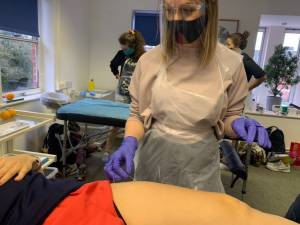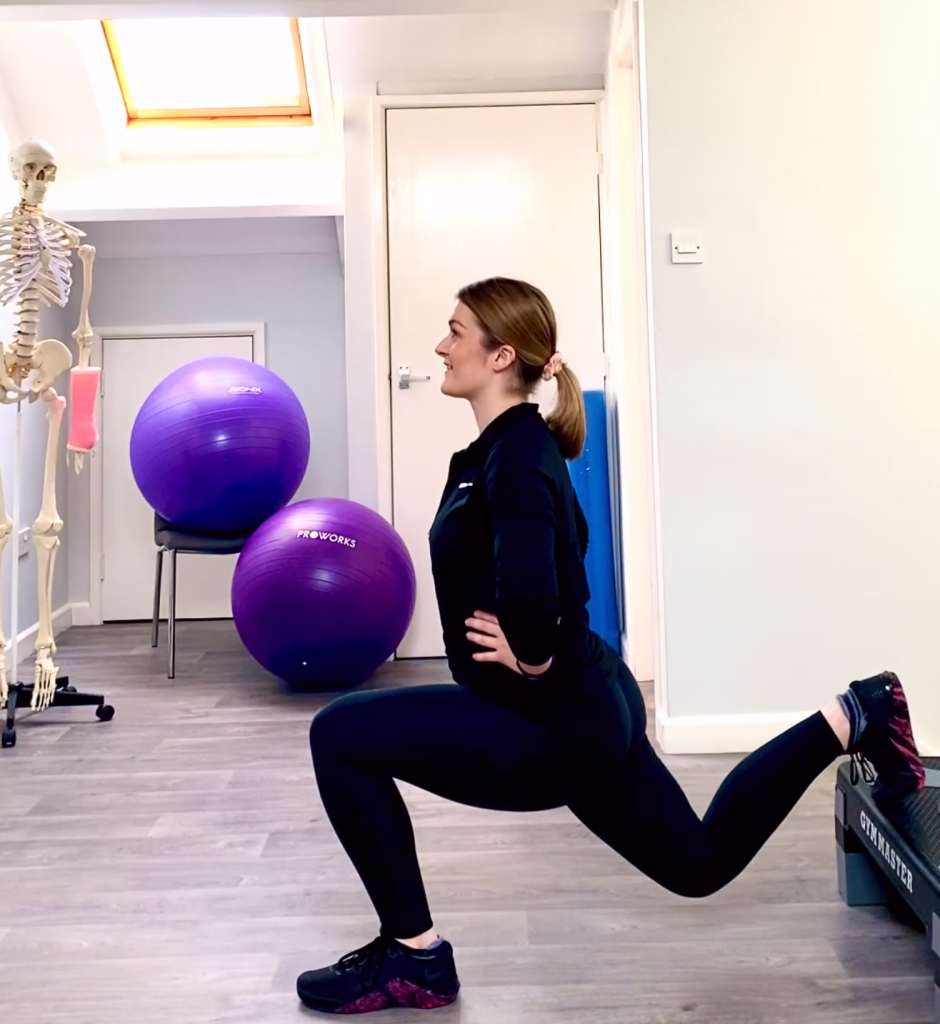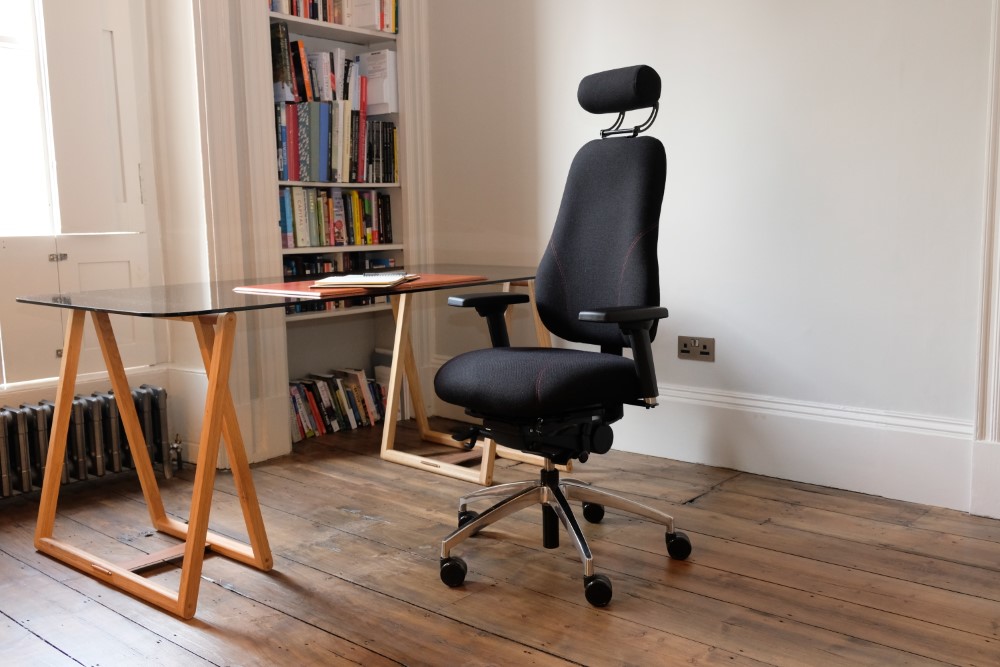 At first glance dry needling and acupuncture, or medical acupuncture, are easily mistaken. They are two invasive therapy techniques that utilise thin needles with the intention of reducing pain. But this is where the similarities end. Acupuncture is an Eastern approach that has been used for thousands of years with the aim of influencing a person’s “energy” or “chi”. Whereas dry needling is a more modern Western medical technique that targets musculoskeletal pain.
At first glance dry needling and acupuncture, or medical acupuncture, are easily mistaken. They are two invasive therapy techniques that utilise thin needles with the intention of reducing pain. But this is where the similarities end. Acupuncture is an Eastern approach that has been used for thousands of years with the aim of influencing a person’s “energy” or “chi”. Whereas dry needling is a more modern Western medical technique that targets musculoskeletal pain.
What is Dry Needling?
Dry Needling is a minimally invasive technique that uses filiform needles by inserting them into the skin and muscle with the aim of decreasing myofascial pain. Filiform needles are thin, stainless steel needles that do not inject fluid into the body. They are designed in this way to reduce the surface area that bodily fluids could stick to, making them more hygienic than ordinary medical needles.
The needle is injected into areas of tension within the muscle belly, known as trigger points. The aim is to elicit a local twitch response within the muscle, using a variety of techniques to help such as; peppering, flicking, fanning or turning. Once the twitch response has subsided the pain or dysfunction within the muscle should decrease.
What is a Trigger Point?
Trigger points are hyperirritable areas in skeletal muscle that are associated with a hypersensitive palpable nodule in a taut band. They may be referred to as ‘active’ or ‘latent’. An active trigger point can spontaneously trigger local or referred pain and may cause weakness, restricted range of motion (ROM) and autonomic phenomena. Whereas latent trigger points do not cause pain unless stimulated, but may alter muscle activation patterns or contribute to restricted ROM.
Benefits of Dry Needling
Dry needling has many benefits alongside the initial pain relief. It can reduce muscle tension therefore helping to increase range of motion and overall flexibility. This can lead to overall improvements in movement and help improve muscle activation if used correctly alongside appropriate exercise rehabilitation. The action aims to increase blood flow to the areas in which the needles are placed, bring fresh oxygenated blood to the injured tissue sites helping to increase recovery and speed up healing.
Contraindications of Dry Needling:
This form of treatment may not be appropriate for you if:
- You have a needle phobia
- You have an acute medical condition
- You are suffering with a lymphedema in a specific area
This treatment may need to be adapted in specific patients, so please let your clinician know if:
- You have an abnormal bleeding tendency
- You have a compromised immune system
- You have vascular disease
- You have diabetes
- You are pregnant
- You have epilepsy
- You have allergies
- You are on any medication
These lists are not exhaustive so please talk to your clinician to find out whether this is the right treatment option for you.
What are the Risks?
Mild side effects are very common with dry needling but serious side effects are rare. The most common side effects around the injection site include: bruising, bleeding and temporary soreness.
Some patients may be more susceptible to fainting or a feeling of drowsiness, are clinicians are trained to identify warning signs of this and can advise accordingly.
Care is also taken by our clinicians to ensure a sterile environment to reduce the likelihood of infection. The needles we use are single use, medical grade (Grade C) which are designed to bend and not break.
Serious side effects can include a pneumothorax but these cases are extremely rare and are avoided by the use of the correct techniques.










